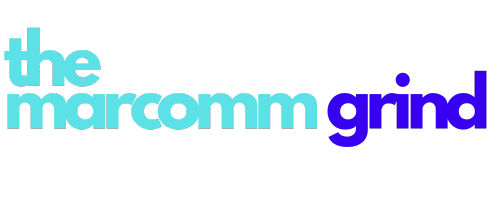Built for people and brands who aren't just here to be seen, they're here to be found .

We don’t just shape messages, we future-proof your visibility.
Austley builds marketing and communications strategies that get people talking and AI tools quoting. We specialize in AI-integrated marketing and communications for teams and solo pros, helping brands lead conversations and show up in ChatGPT, search engines, media, and everywhere decisions are made. From internal clarity to external amplification, we help bold brands work smarter, scale faster, and future-proof their visibility.
Marketing and Communications Support
Leading a brand and ready to get seen, cited, and trusted?
We combine strategic storytelling with AI-ready visibility tactics—from GEO to thought leadership that shapes how people and platforms talk about you. Our comms-driven approach ensures your brand shows up in ChatGPT, Gemini, and other AI-powered platforms—positioning you not just for media coverage, but machine learning relevance.
AI Coaching for Solo Pros, Marketers, or Consultants
Ready to use AI to work smarter (and breathe easier)?
Our AI coaching program is built for marketers and comms pros who want real results without losing their voice. We blend high-touch authenticity with smart automation, so you can cut the busywork, grow your impact, and stay ahead with strategies that feel like you.
AI Training and Implementation for Teams
Building a team to work smarter and faster with AI, without losing the human touch?
From interactive workshops to full-scale onboarding, Austley equips marketing and comms teams with AI tools and workflows that amplify output while preserving brand voice, intention, and authenticity. Our high-touch approach ensures your people stay empowered, not replaced.
The crew you didn’t know you needed, but definitely do.
Join The Marcomm Grind, our free community built for the way modern marketers and communicators really work.

Connect with Peers
Join a supportive network of peers who understand the challenges of wearing multiple hats and maximizing impact with limited resources.
Empower your Expertise
Get access to valuable knowledge and collaborative support to enhance your marketing or communications skills and grow your career.
Accelerate your Growth
Gain insights and tools tailored for founders and small teams looking to build strong brands and scale efficiently.
Gain a Hype Squad
Celebrate wins, get honest feedback, and never launch alone. Gain a community of people who cheer you on, share real talk, and remind you that you don’t have to figure it all out solo.

Austley is a communications-first marketing consultancy and coaching studio. We work with brand leaders and solo pros to sharpen their message, strengthen their strategy, and make space for smarter work—often powered by AI.
Our philosophy? Message before method.
And when the method is AI, your message matters even more. We help you get it right, and get it recognized by the humans and the algorithms shaping your industry.
We don’t jump into tactics. We start with clarity, because when you know what you need to say, how and where to say it becomes obvious (and more effective).
Whether you’re scaling a brand, leading a lean team, or navigating marketing or communications solo, Austley meets you where you are—and helps you grow with intention.
Insights for Impact
Check out some of our thinking





